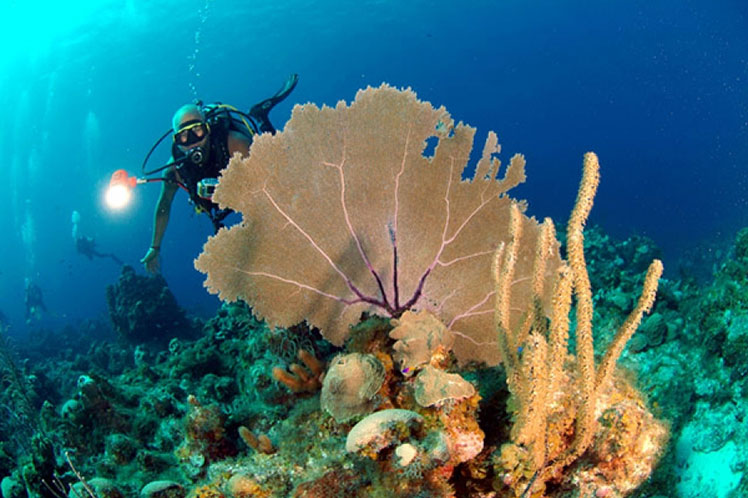In this sense, elements are released on the oscillations of the sea, the most recent uplifts and the most affected areas, says the journal Marine Geology.
The emerged sequences of coral reefs and marine terraces of the Cuban archipelago were recognized since the end of the 19th century, but their bio-constructions are not dated.
The source points out that the northern Caribbean islands and associated archipelagos are in a left-side slip tectonic environment, on the boundary between the North American and Caribbean plates.
Cuba, the researchers say, is the only land mass located on the American Plate directly adjacent to this transforming fault zone.
Hence the importance of quantifying the Upper Pleistocene coastal uplift.
Such action – according to experts – is key to elucidating the recent vertical deformation of the geodynamic puzzle of the Caribbean with respect to active tectonic segmentation.
The investigation showed that the Cuban archipelago exhibits five elevated coastal stretches separated by subsidence areas, with at least 23 sequences of stairways emerging from coastal terraces.
jha / joe









